High-Performance Shock Absorbers: Core Technology Driving Comfort and Control
 2025.10.15
2025.10.15
 Industry News
Industry News
In the modern automotive industry, high-performance shock absorbers are not only a crucial component for enhancing the driving experience but also a key determinant of vehicle stability and safety. With the continuous advancement of automotive technology and the growing demand for personalized driving, shock absorption systems have evolved from traditional passive structures to intelligent, adjustable, high-performance systems. High-performance shock absorbers precisely control vibration and impact, ensuring superior handling and comfort even in complex road conditions, becoming a hallmark of high-end automotive performance optimization.
Technical Foundation and Structural Principles of High-Performance Shock Absorbers
The core of high-performance shock absorbers lies in their precise damping control capabilities. While traditional shock absorbers typically absorb vibration energy through hydraulic damping, high-performance shock absorbers feature innovative internal structures and fluid dynamics. They utilize a high-precision piston system, optimized fluid channels, and high-temperature-resistant sealing components to achieve more linear and controllable damping. By controlling the flow rate and pressure of the fluid within the shock absorber chamber, high-performance shock absorbers can adjust damping characteristics in real time during vehicle acceleration, cornering, or braking, effectively suppressing vehicle pitch, roll, and vibration.
In engineering design, high-performance shock absorbers typically employ either a twin-tube or monotube structure. Monotube structures are widely used in high-performance vehicles due to their excellent heat dissipation and fast response. Internal gas-liquid separation technology further enhances responsiveness, enabling the shock absorber to maintain stable performance even under prolonged, high-load operation.
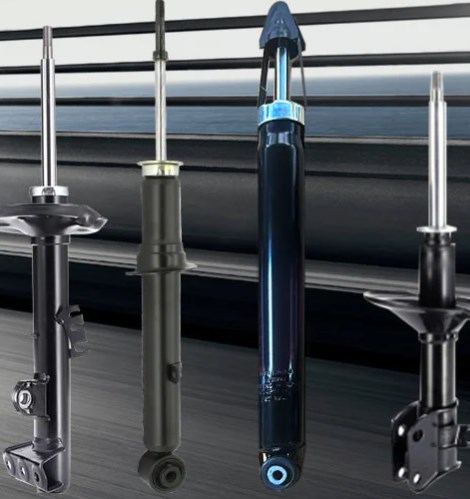
Materials and Manufacturing Processes for High-Performance Shock Absorbers
To maintain long-lasting performance in demanding driving environments, high-performance shock absorbers require extremely high standards in materials and manufacturing processes. The main body material is typically high-strength aluminum alloy or special steel, achieving a balance between lightweight and durability. Surface treatments include anodizing, electroplating, or ceramic coating to enhance corrosion and wear resistance.
The internal piston rod is precision-ground and hardened to ensure extremely low friction even under high-frequency vibrations. The sealing system utilizes high-temperature and oil-resistant composite materials to prevent leakage and performance degradation over long-term use. Hyundai's production line also incorporates automated assembly and quality inspection technology, dynamically testing each shock absorber to ensure the damping curve meets design standards, thereby guaranteeing product consistency and reliability.
The Important Role of High-Performance Shock Absorbers in Vehicle Performance
High-performance shock absorbers not only contribute to a comfortable ride but also serve as a key component of the entire chassis tuning system. Through precise damping adjustment, they directly impact tire grip and vehicle stance under various driving conditions. Whether accelerating in a straight line, braking hard, or negotiating high-speed corners, the shock absorbers continuously adjust suspension dynamics to ensure maximum wheel contact with the road, thereby enhancing vehicle handling stability and safety.
Hyundai's high-performance shock absorbers also cater to diverse driving scenarios. Powered by intelligent systems, the shock absorbers automatically adjust damping settings based on driving mode and road conditions, achieving a balance between comfort and sportiness. The introduction of this variable damping system has expanded the application of high-performance shock absorbers beyond racing to include high-end sedans and new energy vehicles.

The convergence of intelligent and electronic control technologies
With the advancement of electronic control technology, high-performance electronically adjustable shock absorber systems have become a key industry development direction. Using built-in sensors and electronic control units, shock absorbers can monitor road surface changes, vehicle speed, steering angle, and other data in real time, adjusting damping within milliseconds. This active control capability ensures the vehicle maintains stable and responsive dynamic performance even in complex road conditions, significantly enhancing driving safety and comfort.
Intelligent shock absorber systems can also interface with the vehicle's driving mode system to achieve coordinated adjustment of suspension, powertrain, and steering. For example, when the vehicle enters Sport mode, the system automatically increases damping to reduce body roll; in Comfort mode, the shock absorbers reduce damping intensity to absorb more road vibrations for a smoother ride. In the future, with the further integration of artificial intelligence and connected vehicle technologies, high-performance shock absorbers will implement self-learning capabilities, dynamically optimizing damping strategies based on driver habits and road conditions, truly realizing the concept of "intelligent suspension."
As a crucial component of modern automotive technology, high-performance shock absorbers are redefining vehicle handling and comfort with greater precision, faster response, and enhanced intelligence. They not only embody the innovative integration of mechanical engineering and electronics, but also represent the automotive industry's ongoing pursuit of safety and driving pleasure. With the increasing prevalence of intelligent driving and new energy technologies, high-performance shock absorbers will become a key factor in enhancing vehicle value and user experience, ushering in a new era for automotive suspension systems.
 EN
EN  English
English Español
Español


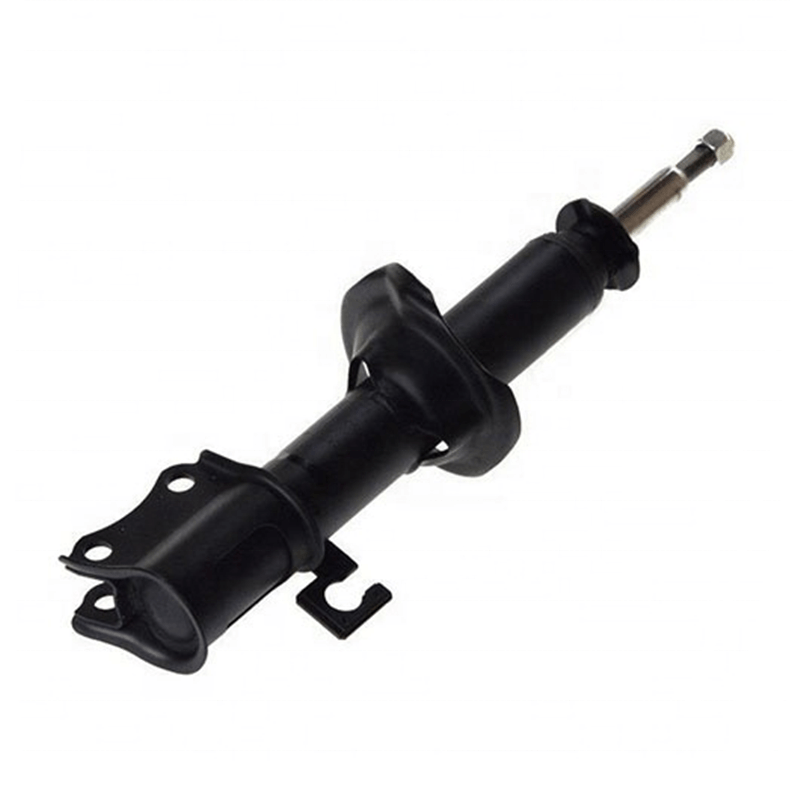
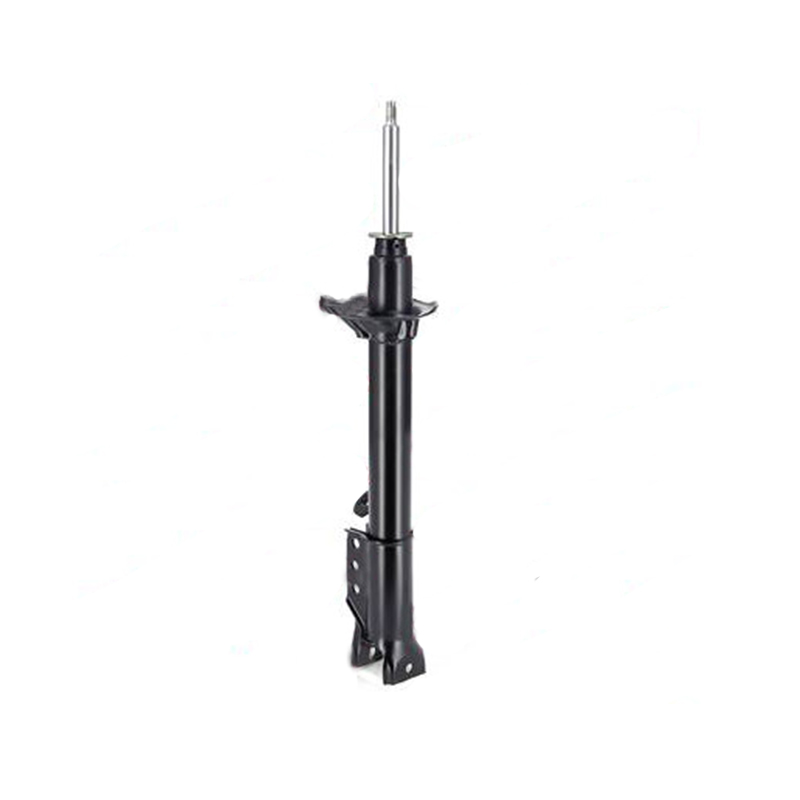
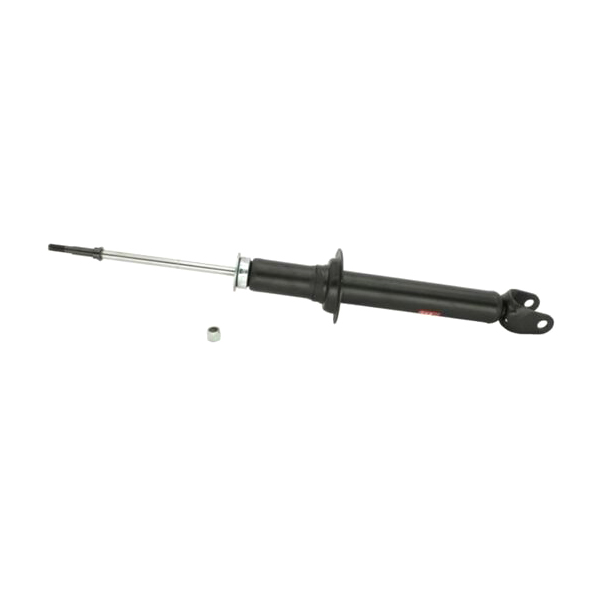
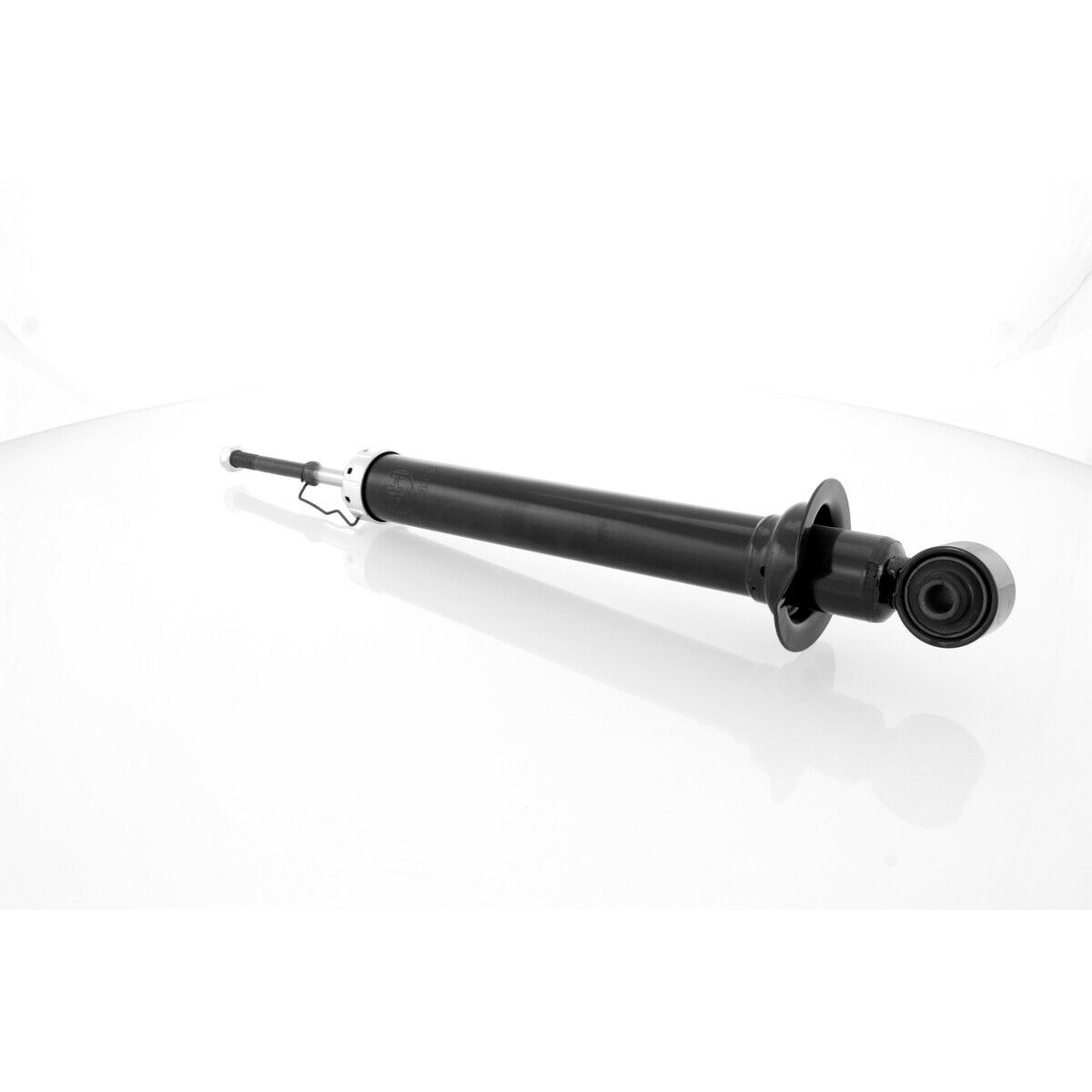
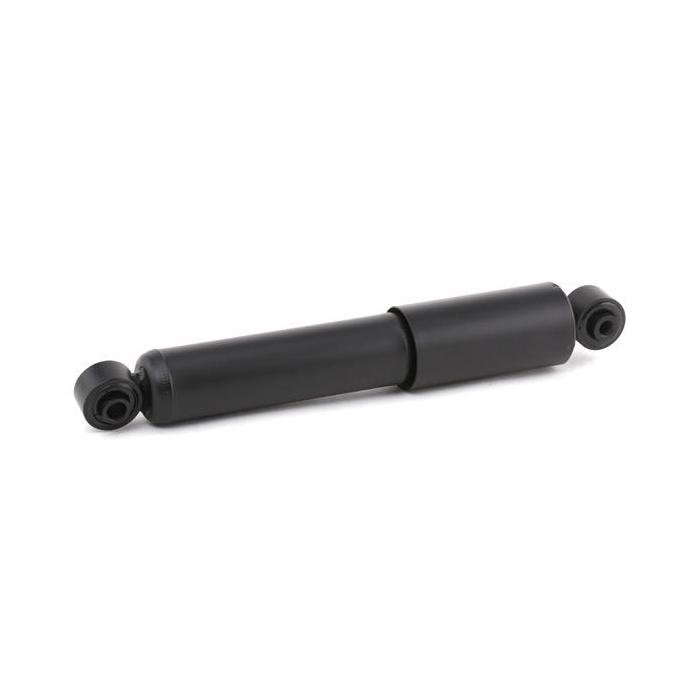
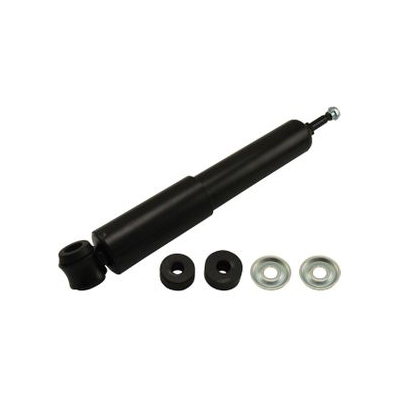
 +86-13757453333
+86-13757453333  +86-572-8355557
+86-572-8355557  Caroline@gerep.cn
Caroline@gerep.cn  No. 36, South Zhenxing Rd., Zhongguan Town, Deqing County, Huzhou, Zhejiang, China
No. 36, South Zhenxing Rd., Zhongguan Town, Deqing County, Huzhou, Zhejiang, China 